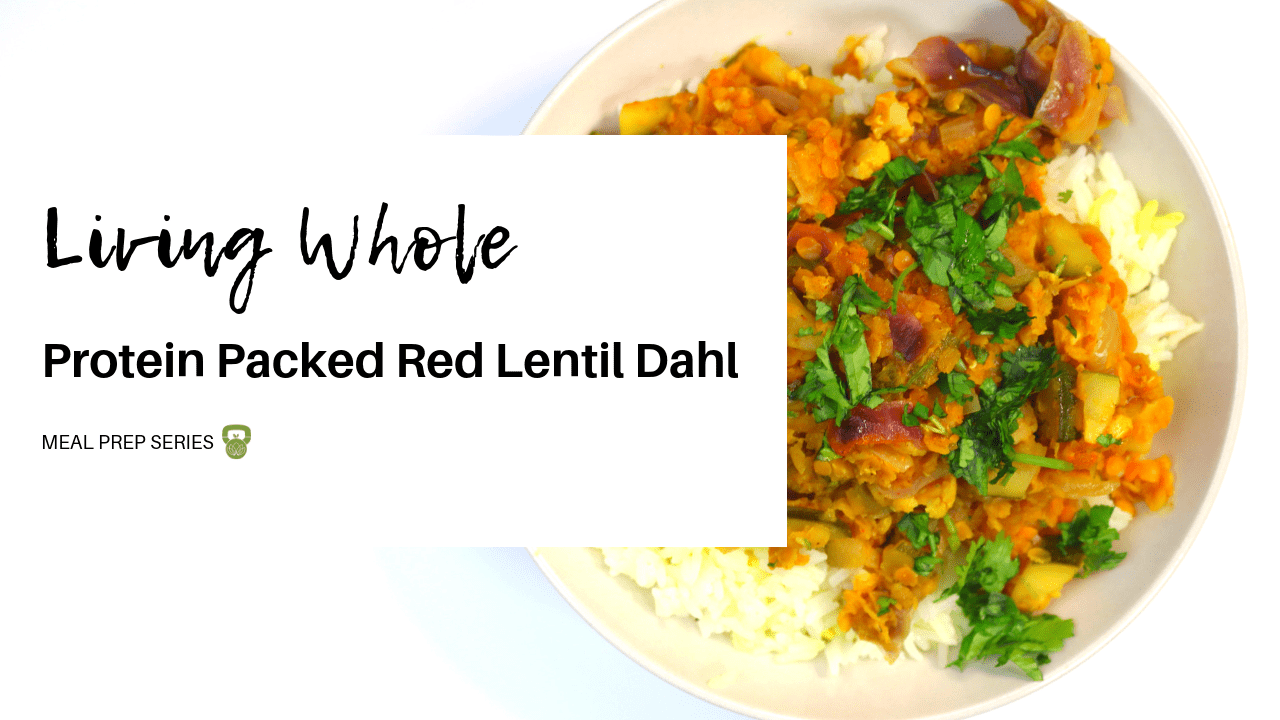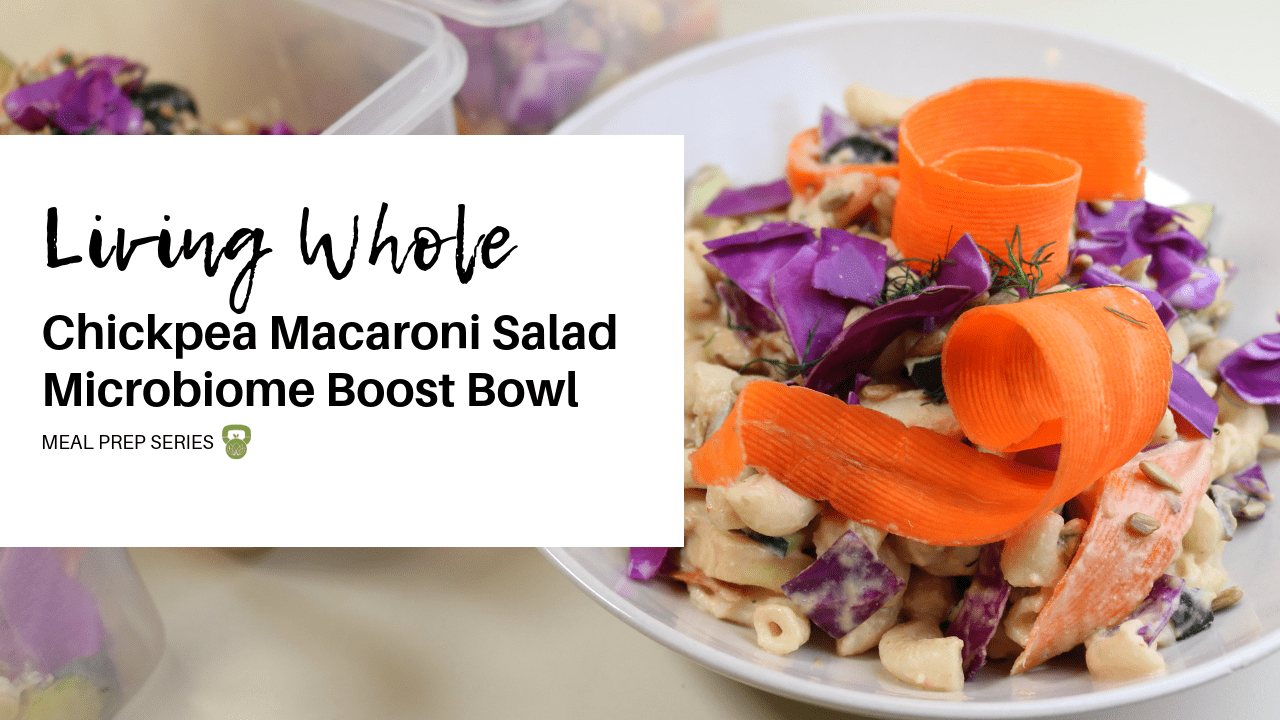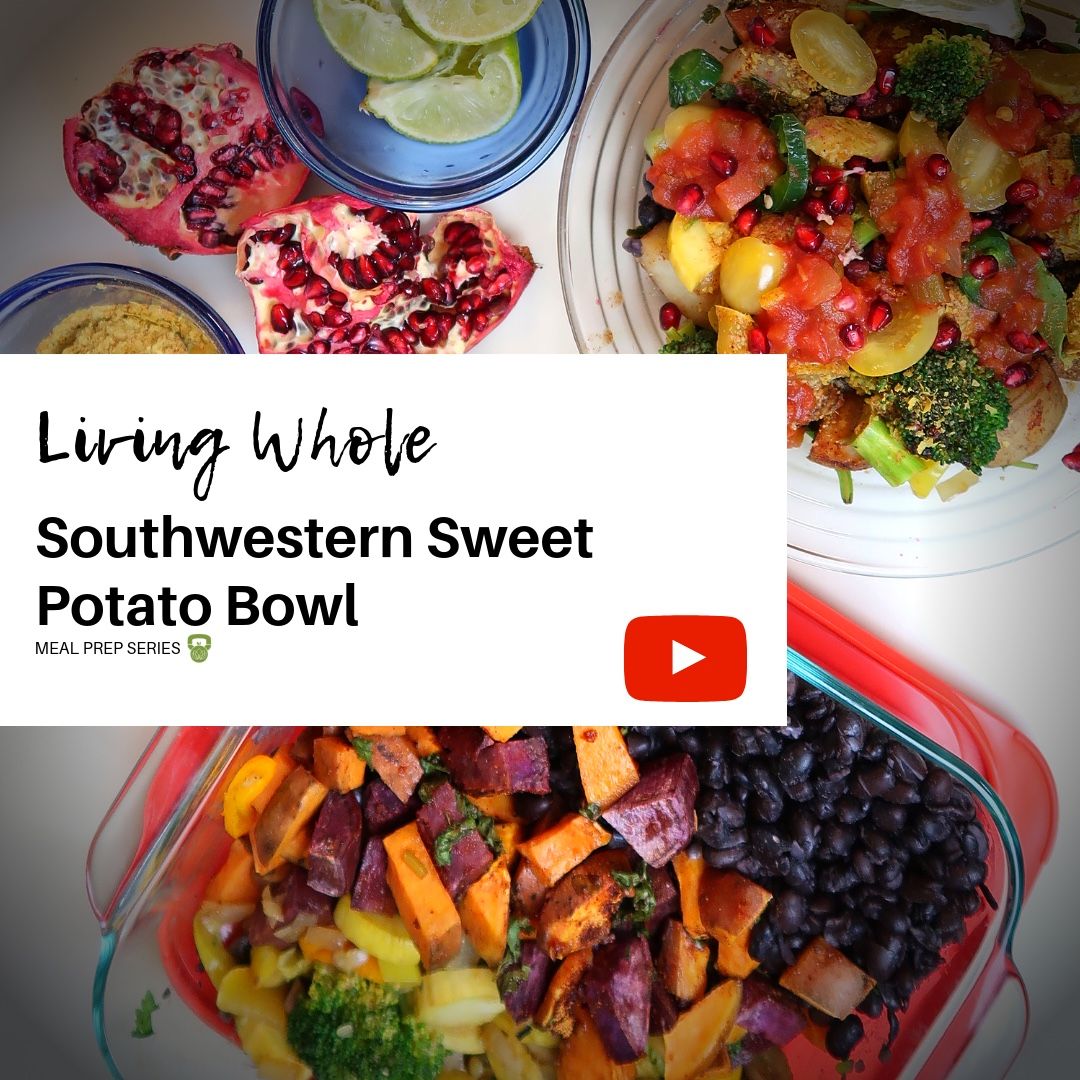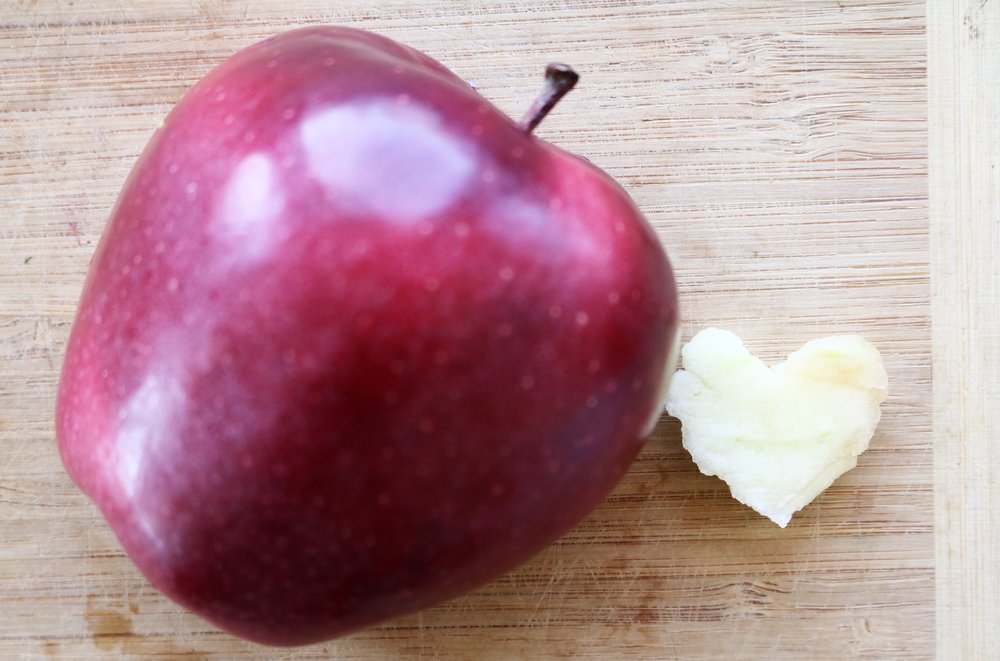Decoding Nutritional Labels.
Understanding nutritional labels on what you are consuming shouldn’t be rocket science. In fact, here is a quick explanation of what is on them and how to read them. Just a little reference to help you get the most out of confusing labels.
Serving size: If you will notice near the top of the label: you will find the serving size. This is usually in a measured amount. Ounces, pieces, cup etc. Does this package have more than one serving present? Most things have multiple servings and below that you will see how many.
Calories: This is the equivalent to the amount of energy you will receive from ONE serving from that food. Nutrient dense foods are best.. meaning foods high in nutrients and NOT high in calories.
Fat:
Unsaturated fat: good for the heart. Found in liquid form at room temperature.
Saturated fat: mostly found in meat and dairy. High amounts of saturated fats cause heart disease.
Trans-fat: AVOID. This is man-made and linked to diabetes and cardiovascular disease.
Cholesterol: will cause heart disease. Avoid if possible.
Sodium: regulates blood pressure and electrolyte balance. Limit to 2300 mg or LESS per day.
Carbohydrates: Don’t fear the carbs. Just pick the good complex ones.. why? Carbs are the number one source of energy for the body. The more processed varieties are burned ore quickly and will spike blood pressure and blood glucose levels. Whole grain carbs are high in fiber and keep your appetite and blood glucose normalized.
Dietary Fiber: helps keep your digestive process and satiety in optimal condition.
Sugar: Always look at this and choose options with as little as possible.
Protein: A good range to follow for daily requirement is 0.8g-1gram per pound of body weight.
Percent daily value: this little section is based on the number of nutrient your body needs in a single day. 5% or less is low. 20% or more is high. Reach for foods that have high daily values for fiber, vitamins A, vitamins C, calcuim, and iron. Avoid foods that are high in trans fats, cholesterol, and sodium.
Ingredients list: this is a really important section. Make sure this section is minimal and easily pronounced. For example if it contains partially hydrogenated oil = trans fat. Even IF the % says zero. Crazy right? ALWAYS look to the ingredient list.










